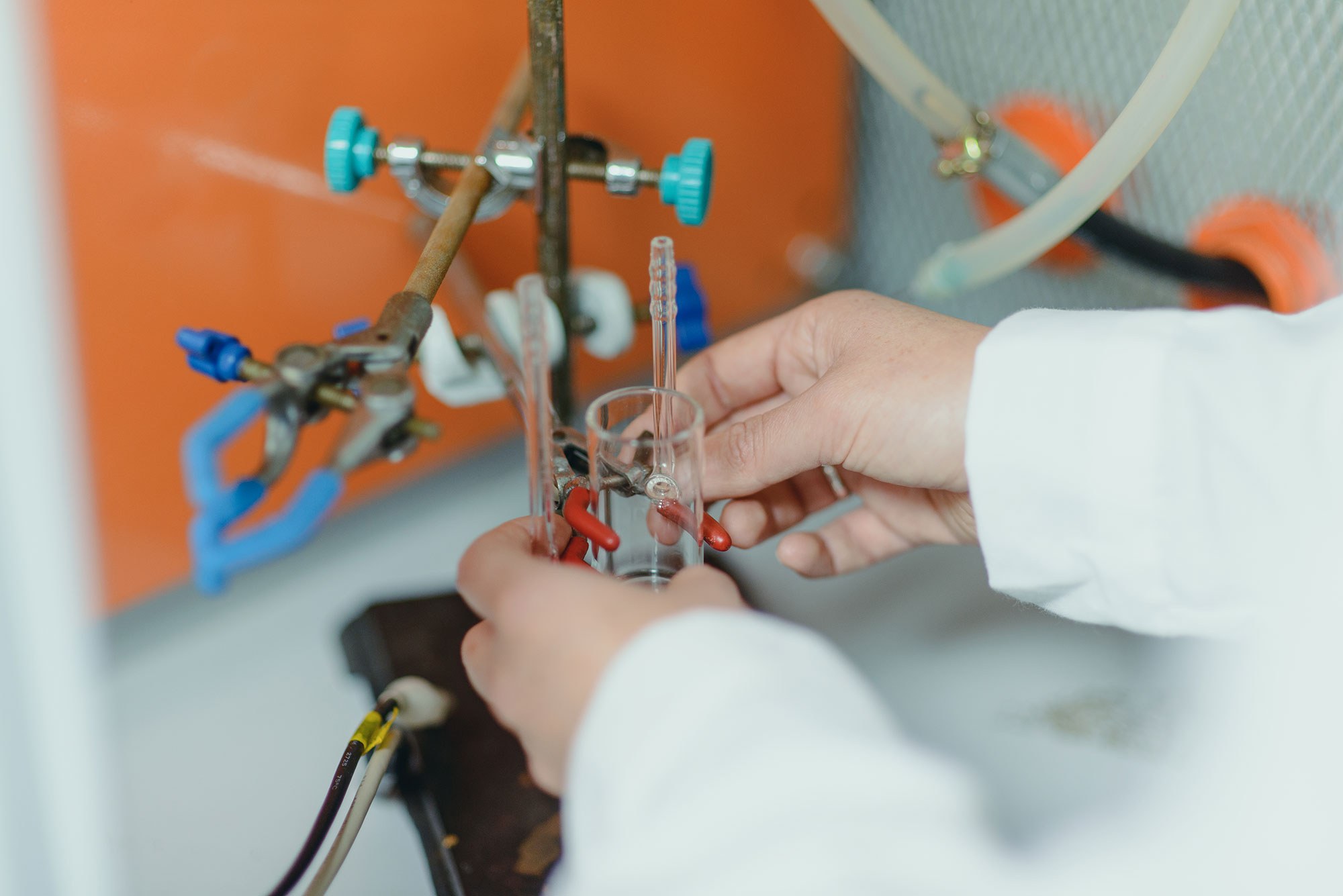Ramírez, A. M., Heidari, S., Vergara, A., Aguilera, M. V., Preuss, P., Camarada, M. B., & Fischer, A. (2023). Rhenium-Based Electrocatalysts for Water Splitting. ACS Materials Au, 3(3), 177-200. https://doi.org/10.1021/acsmaterialsau.2c00077
Abstract: Due to the contamination and global warming problems, it is necessary to search for alternative environmentally friendly energy sources. In this area, hydrogen is a promising alternative. Hydrogen is even more promising, when it is obtained through water electrolysis operated with renewable energy sources. Among the possible devices to perform electrolysis, proton exchange membrane (PEM) electrolyzers appear as the most promising commercial systems for hydrogen production in the coming years. However, their massification is affected by the noble metals used as electrocatalysts in their electrodes, with high commercial value: Pt at the cathode where the hydrogen evolution reaction occurs (HER) and Ru/Ir at the anode where the oxygen evolution reaction (OER) happens. Therefore, to take full advantage of the PEM technology for green H2 production and build up a mature PEM market, it is imperative to search for more abundant, cheaper, and stable catalysts, reaching the highest possible activities at the lowest overpotential with the longest stability under the harsh acidic conditions of a PEM. In the search for new electrocatalysts and considering the predictions of a Trasatti volcano plot, rhenium appears to be a promising candidate for HER in acidic media. At the same time, recent studies provide evidence of its potential as an OER catalyst. However, some of these reports have focused on chemical and photochemical water splitting and have not always considered acidic media. This review summarizes rhenium-based electrocatalysts for water splitting under acidic conditions: i.e., potential candidates as cathode materials. In the various sections, we review the mechanism concepts of electrocatalysis, evaluation methods, and the different rhenium-based materials applied for the HER in acidic media. As rhenium is less common for the OER, we included a section about its use in chemical and photochemical water oxidation and as an electrocatalyst under basic conditions. Finally, concluding remarks and perspectives are given about rhenium for water splitting.


